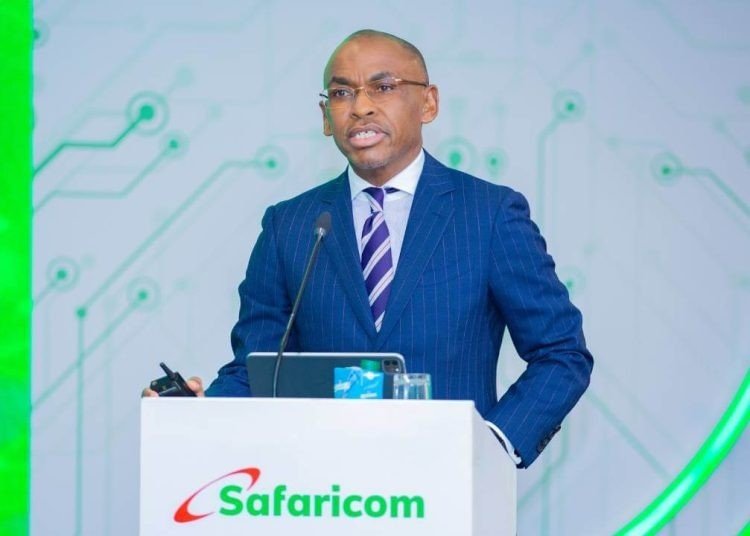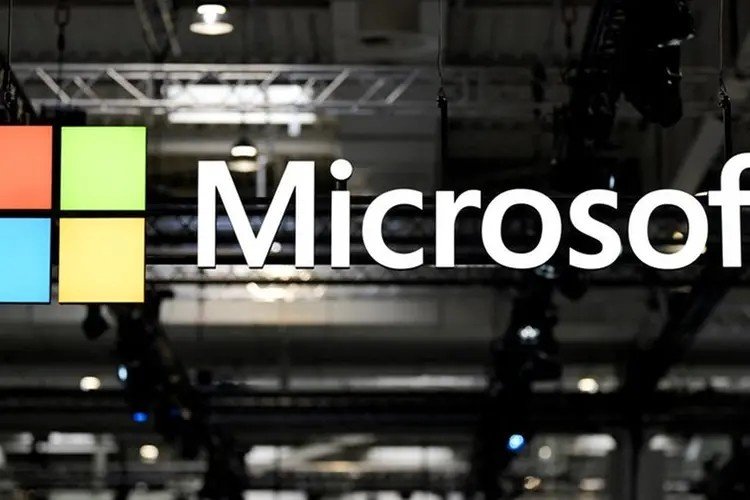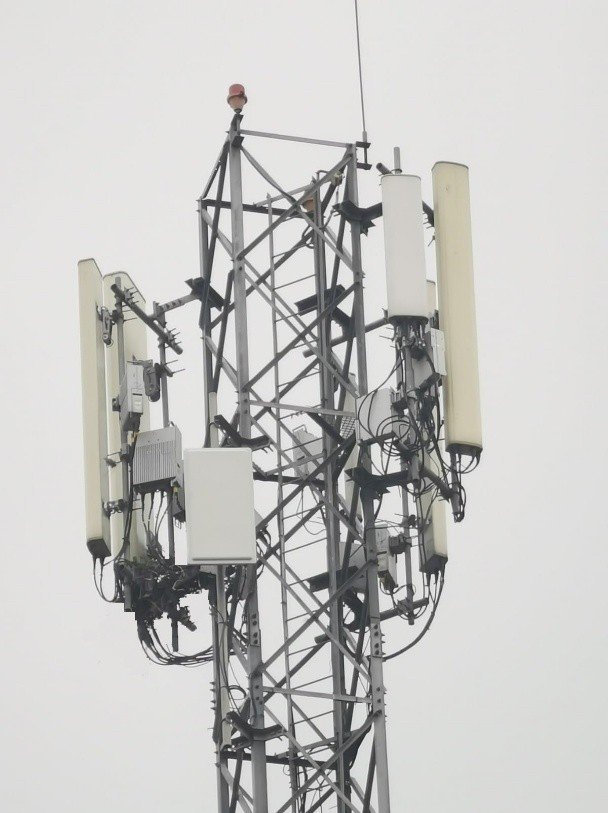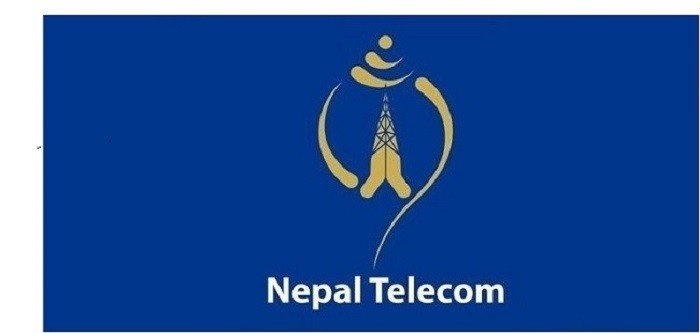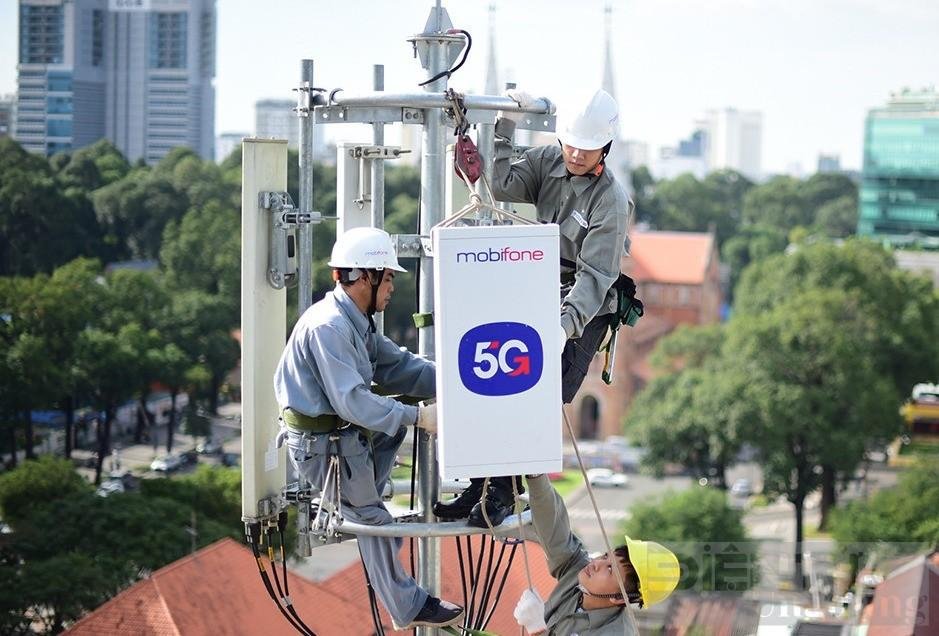Safaricom, in partnership with Meta, is investing $23 million to build a new subsea internet cable connecting Kenya and Oman. The project, backed by Meta’s infrastructure arm Edge Network Services, aims to cut internet costs, expand access, and strengthen resilience across East Africa’s growing digital economy.
For Safaricom, this marks its first direct move into subsea infrastructure. Until now, the telco has depended on capacity leased from systems like TEAMS, SEACOM, and EASSy. By co-owning its own cable, Safaricom gains more control over bandwidth, enabling it to set pricing terms, scale capacity as needed, and secure backup in case of disruptions to other routes. The new cable also provides Kenya with an additional international gateway, easing reliance on a limited number of coastal landing stations.
Meta, meanwhile, is ramping up its connectivity projects across Africa and globally. It is the lead investor in the 2Africa cable, a 45,000 km system due to go live this year, connecting 33 countries with a massive 180 Tbps capacity. Meta is also spearheading plans for a 50,000 km subsea cable that will link the U.S., India, Brazil, and South Africa to handle surging internet and AI demand.
Beyond subsea networks, Meta is investing in Africa’s digital infrastructure with data centers, local internet peering such as LINX Nairobi, and terrestrial fiber routes like the 2,200 km Democratic Republic of Congo corridor built with Liquid Intelligent Technologies. Together, these initiatives highlight a strategy to deliver faster, cheaper, and more reliable internet across Africa while supporting the continent’s digital future.
Kenya’s new Oman connection is not just about cables—it’s about unlocking long-term independence, innovation, and growth for East Africa’s digital economy.











